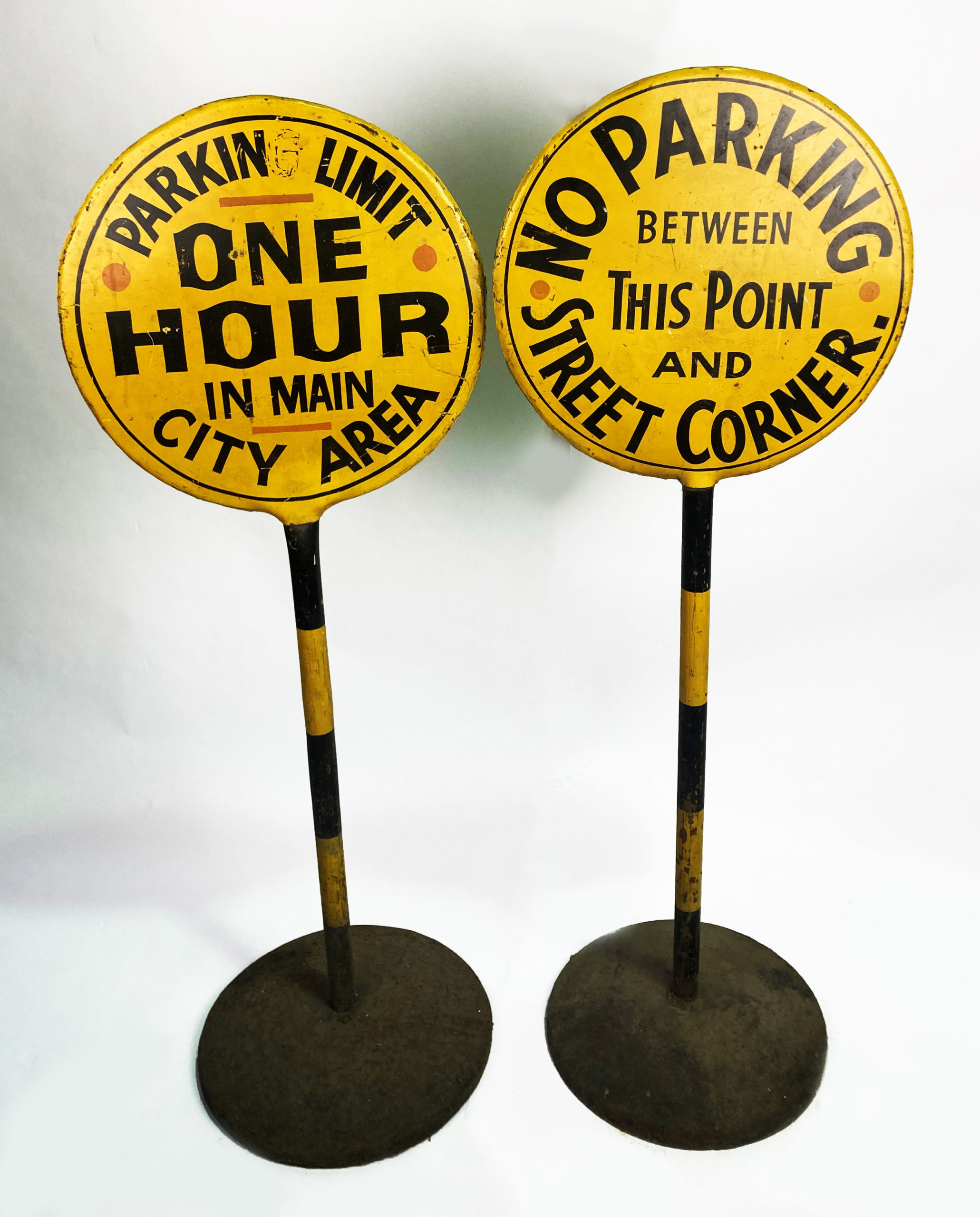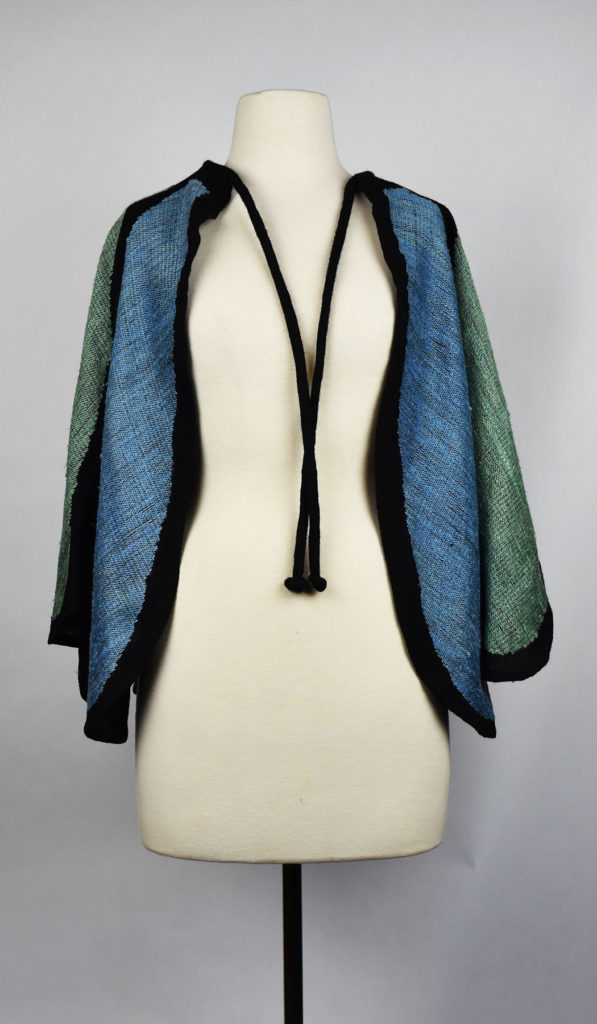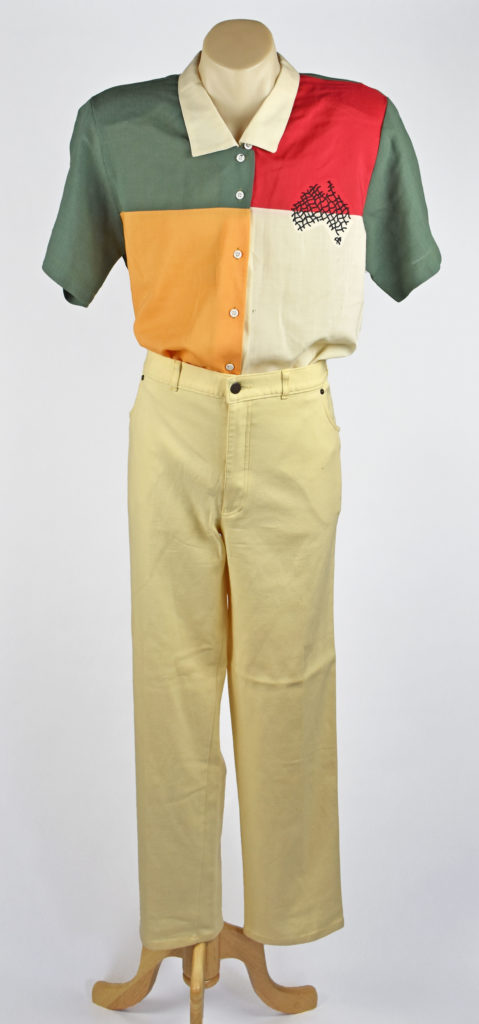Concrete Trough for Animals
George and Annis Bills were philanthropists with a love of animals. They established a trust for the protection and alleviation of suffering to animals which furnished over 500 public horse troughs between 1924 and 1945 — three which remain within the Greater Geelong area.
Most troughs were installed in Australia; over 300 remain. Troughs were also installed in England, Ireland, North America, South Africa, Japan and Switzerland. Each trough cost £13 (just over $1000 today) to fabricate and install in the 1930s. From the 1880s to 1900s, George and his brother Henry ran successful businesses importing and selling birds, and manufacturing mattresses and sofas. George and Annis were keen supporters of the Society for the Prevention of Cruelty to Animals; George later becoming a Life Governor of the RSPCA. Annis and George built the first troughs in 1908. Annis died soon after, and George set up a trust to: ‘construct and erect and pay for horse troughs wherever they may be . . . desirable for the relief of horses and other dumb animals either in Australasia, in the British Islands or in any other part of the world’.
To honour his wife and country, each trough was to be labelled ‘Annis and George Bills Australia’. Following George’s death in 1927, the trust was administered by his sister Daisy Cook. Initially the troughs were individually designed and constructed. Then in the early 1930s Jack Phillips, a relative of the Bills, produced 250 precast concrete troughs to a standard design at his Hawthorn factory. Rocla pipes took over production in the late 1930s, which discontinued around 1945. The Bills’ Trust shifted its focus, helping to finance the RSPCA Tally Ho Animal Rest Home and the George Bills RSPCA Rescue Centre during the 1960s.
I AM
The City of Greater Geelong has commissioned artist, Mark Cuthbertson to create this public sculpture celebrating members of our community who have a lived experience with disability. Drawing reference from powerful political and pop culture statements such as the 1968 Memphis black sanitation workers slogan “I AM a man”, and Helen Reddy’s 1971 anthem “I AM woman”, the work celebrates the empowerment of diversity in our society. Over 85 community members contributed to the artwork development in a series of workshops facilitated by the artist to inform the final design.
North
North, by Mark Stoner (2000) consists of seven cement objects resembling sails or fins that vary in size from 2.2 to 3.5 metres high. No two fins are positioned on the same plane and by moving within and around the sculpture the profiles change quite dramatically.

Belcher Fountain
The Belcher Fountain was created by the Britannia Ironworks in Derby, England and presented to the town of Geelong by Mayor GF Belcher at the end of his term in 1874. This drinking fountain is a testament to the Temperance Movement that advocated the restriction of alcoholic drinks. The fountain is one of the oldest heritage objects in Geelong’s Outdoor Collection.

Thomas Wright Clock
The Goldrush of the 1850’s attracted thousands of immigrants from Asia and Europe who came to “try their luck” and find personal fortunes. Amongst their numbers arrived several British and German silversmiths, clockmakers and watchmakers who brought with them a long tradition of metalcraft. Geelong attracted many of these craftsmen setting up trade in the centre of the township. Thomas Wright was one of leading watchmakers in Geelong who oversaw the Town Clock. Unfortunately, very few examples of his work have survived.

Tricycle
The Geelong Gaol was proclaimed as a Training Prison from the 1950s and in this role was used to educate prisoners in various trades including printing, sign writing, painting, tailoring, brick laying and toy making. This tricycle was made by a prisoner in the 1950s.

Teddy Bear
The Geelong Gaol was proclaimed as a Training Prison from the 1950s and in this role was used to educate prisoners in various trades including printing, sign writing, painting, tailoring, brick laying and toy making. The Stuffed Koala toy was made by a prisoner and given as a gift to Calypso Rockers who performed for the inmates in 1957.

Patons and Baldwins' Specialty Knitting Books
Patons and Balwins’ and many other yarn companies published kitting pattern books during the World War I and II containing instructions for articles of clothing carefully chosen to meet the requirements of the armed forces. Many of the articles of clothing were distributed by the Red Cross and Australian Comforts Fund.
Dress
This dress was made for the Melbourne Show in 1993 where it won 3rd prize. It was designed by Jean Inglis who was inspired by the Blue Triangle Butterfly (Scientific name: Graphium sarpedon choredon) for her design. The warp and weft for this dress was 2/24 commercially brought black wool. Jean utilised a new weaving technique devised by Theo Morgan in creating the dress. This method used a “tie down” thread of black polyester in the Warp in order to give it more texture. The dress was handwoven by Jean on her personal loom. Ruth Rondell assisted Jean with some of the pattern and final sewing.
British submarine periscope tip
Geelong has a special relationship with submarines. Osborne House in North Geelong was the home of Australia’s first submarine fleet. From 1919-1922, it housed the 6 J Class Submarines gifted to the Australian Government by the Royal Navy. Several hulks of these submarine still survive in Port Phillip Bay. After being decommissioned due to their cost and the economic struggles of the time, four of the boats were scuttled off Barwon Heads. The two other boats were sunk and utilised as breakwaters.

Parking Signs
These parking street signs from the 1960s are very diffrent to their modern-day counterparts. They spell out their entire messages whereas modern equivalents use only a few letters and numbers to display the same message. Made from yellow and black painted steel, these signs are heavy but easy to read.

Cleaning Cart
This street sweeping cart was used on Pakington Street before the amalgamations of six local councils to form the City of Greater Geelong. The cart is from around 1960 when the City of Geelong West had approximately 17,500 people within its borough. The cart was wheeled up and down the popular street; cleaning litter and providing a clean and pleasant street for locals and shop owners alike.

British Torpedo Gyroscope
This is a 1931 British Torpedo Gyroscope made of brass and steel. Most likely from the Royal Gun Factory in Woolwich, it supplied gyroscope to the Royal Navy through World Wars One and Two. The Gyroscope works to keep a fired torpedo aimed straight and towards its target. It has an additional wooden case for transportation that also contains instructions. The case is made from wood, foam, paper and ink. The box includes notched carvings for the gyroscope to sit in for the protection of the delicate instrument in transportation. The box is also designed to have a wall removed for the retrieval of the gyroscope, as shown in the accompanying images.
Navy Shield
Discovered in an antique shop in 1990, this was believed initially to be the 1943 shield of the Navy Patrol Vessel ML 817 but later found to be from the 817 Squadron of the Navy’s Air Arm. Originally a Royal Navy Squadron, the fixed armed aircraft team was transferred to the Royal Australian Navy. Their aircraft operated off HMAS Sydney and HMAS Melbourne, which were aircraft carriers in the late stages of World War Two. Their motto AUDE FACRE means “DARE TO ACT”.

Undervest
This wool undervest was purchased by Edith Bender for her husband Edwin. Edwin would catch a ‘Red Rattler’ train along the North Shore line to go to work in Pitt Street, Sydney. Edith was concerned Edwin would catch a cold in the unheated train or in his unheated office, so she brought these woollen undervests for him to wear to work. Edwin would wear the undervests under a woollen suit and with a woollen overcoat. Edwin passed away in 1963, at which point Edith stored the undervests away, unable to part with them.

Medallion
This medallion was struck to celebrate the 100th anniversary of fellmongering in Mazamet in 1951. Fellmongering – In French, ‘delainage” means, literally, ‘de-wooling’. It is the industrial process of separating wool from sheepskins. In the 19th century, the southern French town of Mazamet became the world centre of délainage and played an important part in the Australian wool industry. At one time Mazamet was reputed to be the 15th richest town in Europe, and it was said that the town’s branch of the Banque Nationale de Paris (French banking firm) was the second largest in France. At its height, Mazamet had 48 fellmongeries and imported more than 100,000 tonnes of sheepskins a year from the southern hemisphere, mostly from Australia and Argentina. The town continues to have a strong relation to Australia, with street names such as, Rue de Australie, Adelaide, Brisbane, Melbourne and Sydney.

Solace
This memorial offers solace for people affected by road trauma, a space for quiet contemplation and reflection. The phases of the moon symbolise the stages of grief, the journey from loss toward acceptance and hope. A project delivered by the City of Greater Geelong, in partnership with the Transport Accident Commission and supported by Road Trauma Support Services Victoria and the Uniting Church in Australia, Synod of Victoria and Tasmania.”
THE WHITE FARM
The White Farm is a series of eleven artworks by Linda Gallus of a neglected sheep and cattle farm in Curlewis, Victoria. Purchased in 1994, the property was painted white for sale. The shearing shed has not been used since the sale and has turned to ruin over the last thirty years. Gallus was compelled to capture these buildings and their strange patina of white paint before nature reclaimed them completely. Two artworks from the series, Another Gust of Wind and Green Trough, are now part of the National Wool Museum Collection.
AWU Shearers Ticket
The 1891 Shearers’ Strike was one of the most significant events in the development of the Australian Labor Movement. Barcaldine in Central Queensland was the location for much of this conflict. Graziers were attempting to negotiate agreements on individual stations that went against union rules including a reduction in shearers’ wages. Queensland pastoralists engaged Victorian “free labourers” or “scabs” to keep their sheds running while local shearers were on strike. The conflict required armed police to guard Victorian shearers as riots toke place and woolsheds burnt down. With both sides bearing arms, there were thoughts of a possible “Australian Revolution”. The conflict ended in June 1891 with rebel shearers regaining work, however, several of the strike’s leaders were sentenced to prison

Geelong Football Club Jumper
This was the jumper of John Brown, who played 48 games for Geelong including the 1963 Grand Final in which he wore this jumper. Formed in 1859, the Geelong Football Club is the second oldest in the Australian Football League and one of the oldest clubs globally.

Ferrier Wool Press
Invented by Joseph Ferrier in 1866, the patent was purchased by Humble & Sons who manufactured and distributed them from their Geelong foundry. The Ferrier Wool Press was used throughout Australia, New Zealand and Africa. Sent out as a flatpack, the press was put together on the farm. This press was made by Humble & Nicholson in Geelong in 1890 and sold to Shanahan Brothers in Birregurra. A key feature of any woolshed, this wool press needed three people to tip over the wool filled top box before it was pressed into the lower box using the lever. It is an early example of Geelong’s long history of design, invention and manufacturing.
Olympic Uniform Collection
Wool holds a predominant role in our Olympic uniform history. Finest quality Australian wool has frequently been used to outfit our Olympic team. The 1992 Summer Olympics were held in Barcelona. Australia sent 279 competitors kitted out in uniforms designed by Wendy Powitt, who won the AWC’s Olympic Uniform Design Competition in 1990. Her designs highlighted the classic Australian colours of the bush with soft olive greens and creams and a bold floral design that reflected the styles of artists from the Australian Arts and Crafts Movement (1890-1914).
Squatter: The Great Australian Game
Squatter is a wool themed boardgame. With more than 500,000 games sold in Australia as of 2007, it is the most successful board game ever produced in Australia. The National Wool Museum holds the original “Squatter” board game design package as well as several versions of all major alterations to the game, such as the change to decimal currency and an electronic version of the game.

Fulling Machine
There is an extensive list of finishing processes in wool production for both worsted and woollen fabrics. Fulling is the immersion and pounding of fabric to make the fibres interlock. Crabbing permanently sets this interlock. Decanting shrink-proofs the fabric. Dyeing changes the fabrics colour. This large Fulling Machine is a distinctive item related to this phase of cloth production. Made by J. Dyson and Sons in Geelong, this Fulling Machine completes all the above steps, except dyeing, with a combination of hot water, soap and friction. Before the invention of such a machine, all these processes had to be completed individually.

















